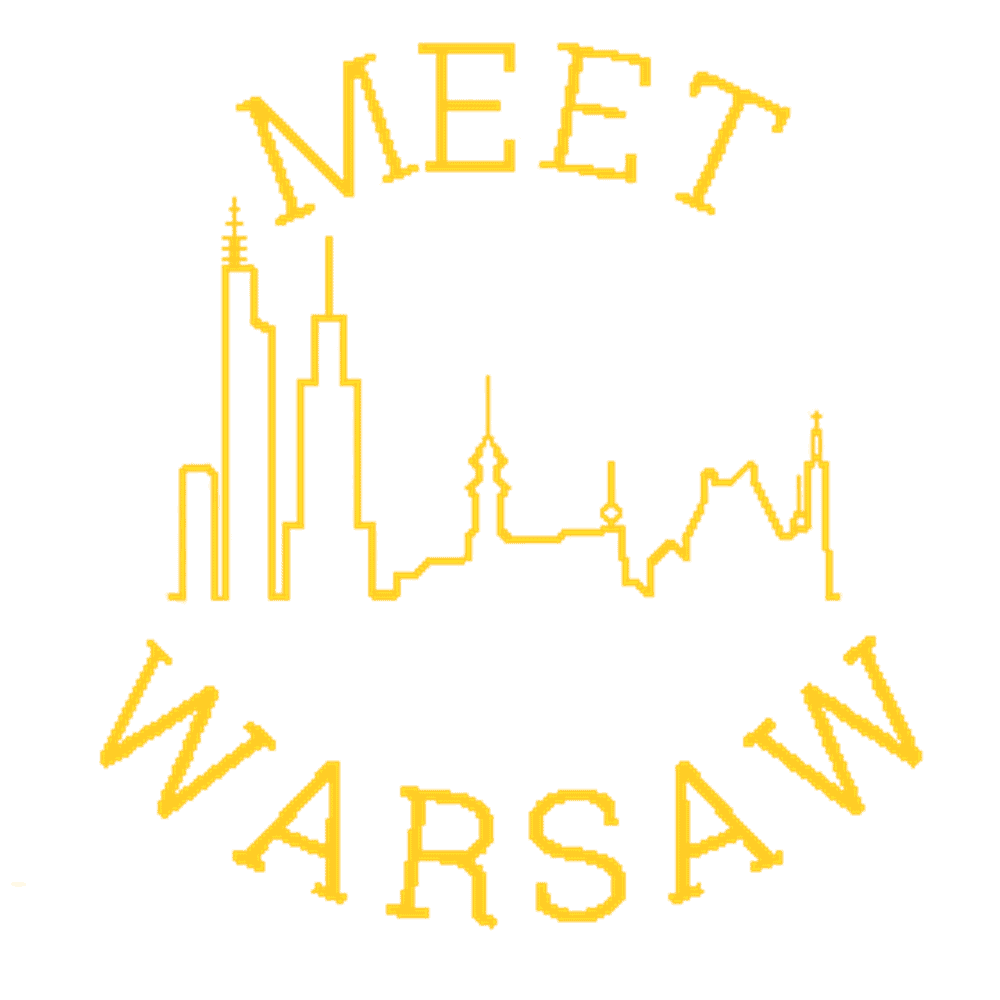Warsaw travel tips
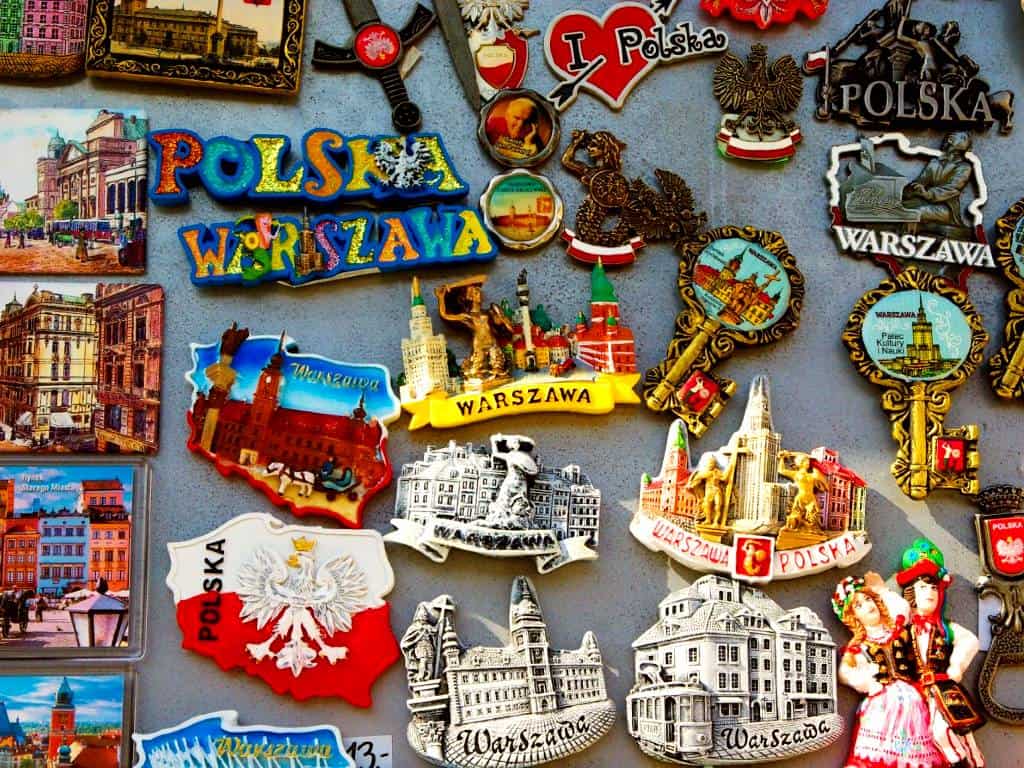
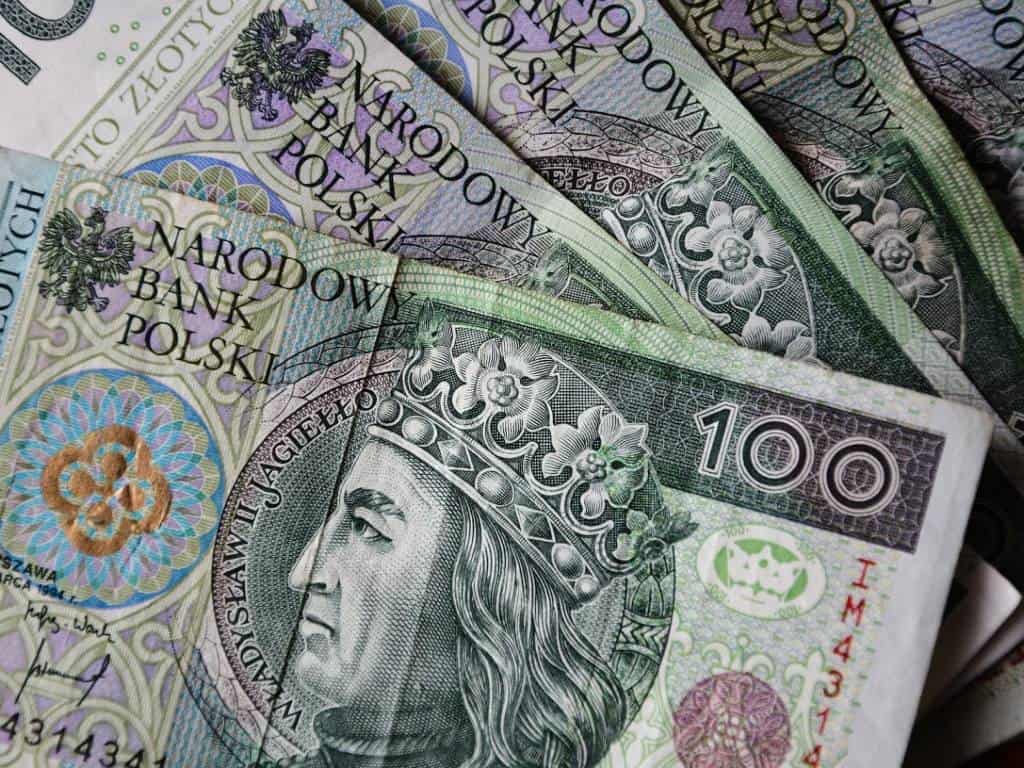
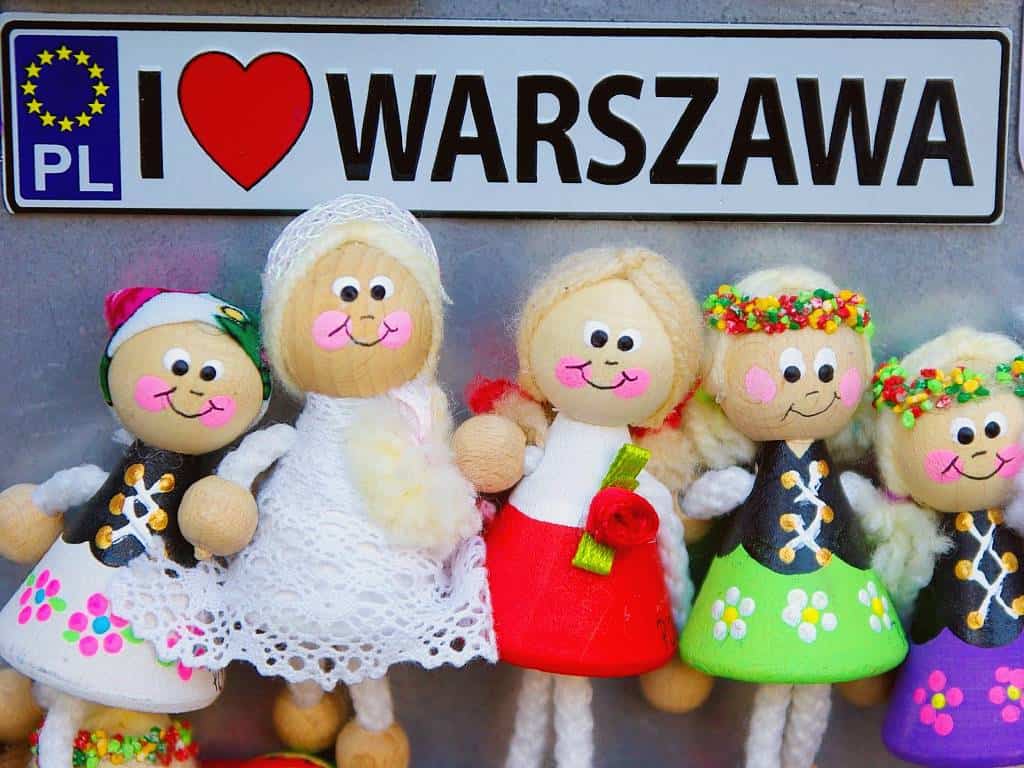
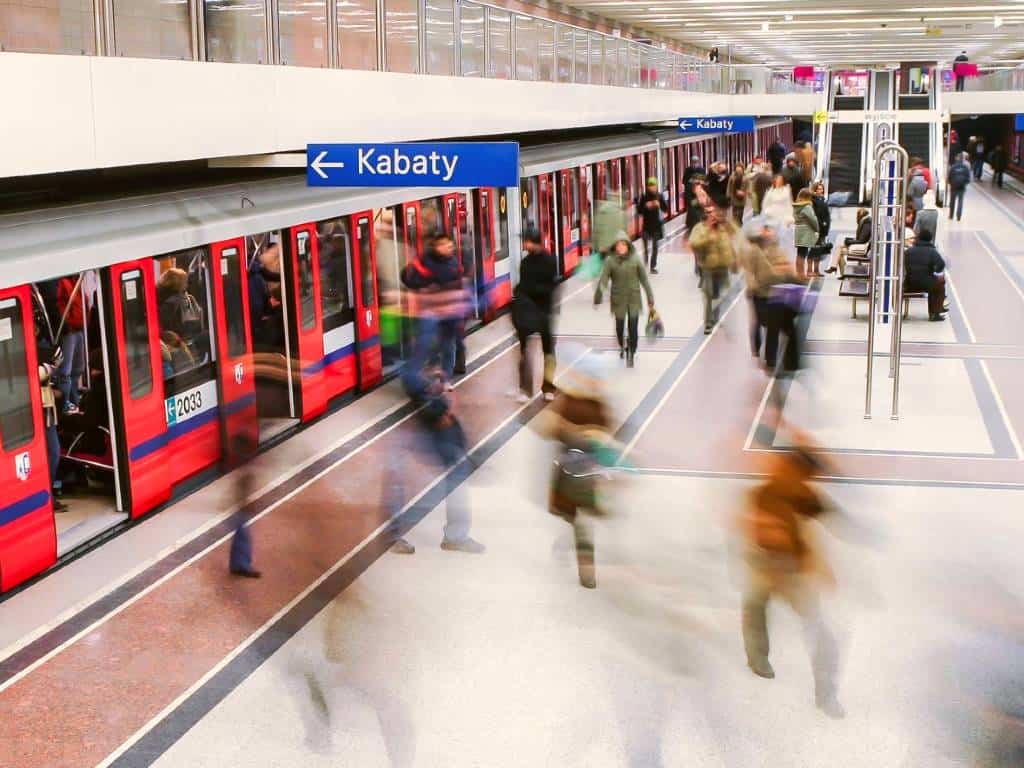
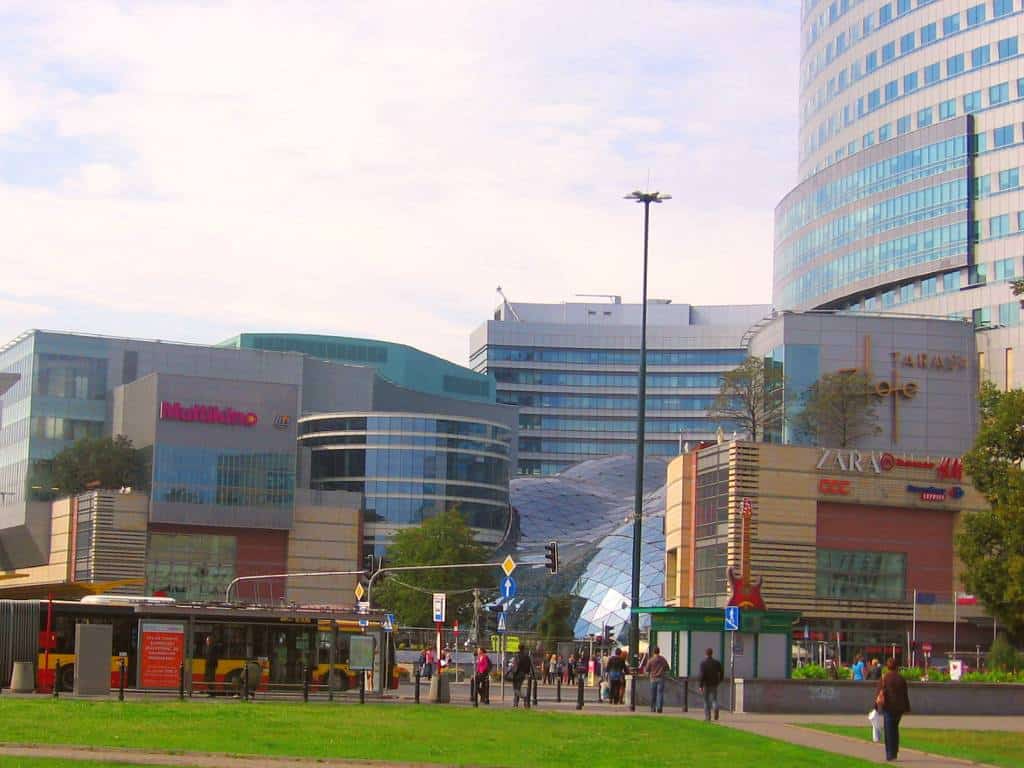
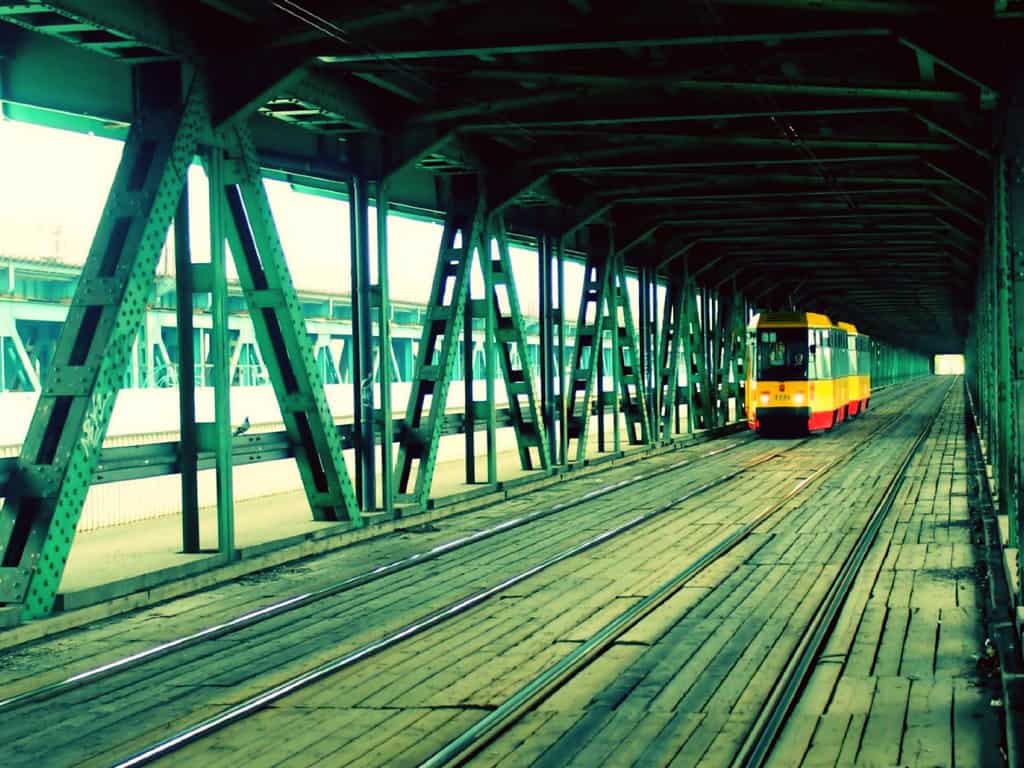

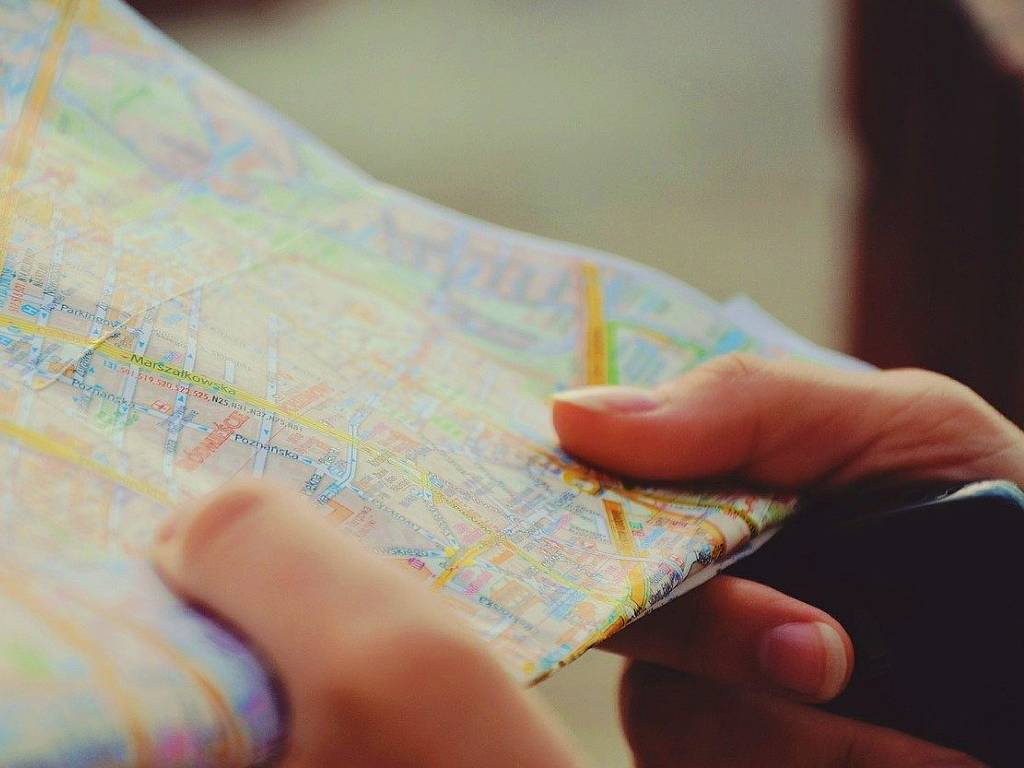
TRANSPORTATION-GETTING AROUND
- There are time tickets in Warsaw: for 20 min, 75 min, 90 min, 24-hours, 72-hours – more HERE
- The ticket must be validated after entering the vehicle or in a metro gate. If you don’t do that you will pay a fine during ticket control.
- You can buy tickets at the newsagents (the Polish name „RUCH”) or in tickets machine near some stops or inside a vehicle (except metro trains)
- Luggage and animals are free of charge
- People over 70 and children up to 6 can travel for free (based on ID with a photo and date of birth)
- Students with ISIC (up to 26) can buy a discount ticket
- Getting to the city center from Okęcie/Chopin Airport (travel time up to 45 minutes):
- 4,40 PLN – ticket price (normal ticket valid for 75 minutes): railway line S2, bus 175, bus N32
- about 40 PLN – taxi (there is a taxi rank in front of arrivals) or uber (through app)
- private transport – cost on request (the driver is waiting in arrivals with your name on a plate) – if you interested in this option CONTACT ME
- Getting to the city center from Modlin Airport (travel time up to 1,5 hour)
- 19 PLN – airport bus ticket in Modlin and a train to Warsaw center (there is no direct connection from the airport to Warsaw center)
- from 100 PLN – taxi (there is a taxi rank in front of arrivals)
- private transport – cost on request (the driver is waiting in arrivals with your name on a plate) – if you interested in this option CONTACT ME
- Buses
- daily lines (ordinary and express) run from 5 am to 11 pm and night lines from 11pm-5am
- ordinary buses (line numbers in black) stop at all stops, but some are on request
- express buses (line numbers in red) stop at selected stops
- night lines (line numbers preceeded by the letter N) stop only on request. The main point for night buses is Warsaw Central Railway Station (Dworzec Centralny)
- Trams – only daily lines run from 5am to 11 pm, stops at every stop
- Metro
- line M1 goes from south to north and has the characteristic semicircular blue-glass roofs over the station entrances
- line M2 goes from west to east and some of its terminal stations are under construction
- there is only one connection between metro lines at- Świętokrzyska Station – in the city center, near the Palace of Culture
1. You can rent a city bike using a city system. All you have to do is to register and pay 10 PLN. First 20 min. of a bike rent is free of charge.
2. Warsaw has a lot of convenient bike paths.
1. Remember to take an authorized taxi – how to recognize it you find at WARSAW-FAQ
2. Most drivers speak communicative English, but ask for an English-speaking driver when ordering a taxi. You also may write on paper your destination using capital letters.
3. You can pay with cash or by card, but it is advisable to ask for a car with a card payment terminal, as not all cars have it.
4. Tipping drivers are not necessary but welcome.
5. You can use Uber App, where you can see a travel cost in advance.
MONEY AND SHOPPING
1. The best rates for exchanging money are in 'kantors’ in the city center. Don’t exchange money on the street or with bystanders – they may cheat you and give you counterfeid money. Find out how to check an authenticity of our NOTES and COINS.
2. You can’t pay by card in street stands.
3. If there is a possibility to pay by card in the shop, you’ll find an inscription at the door with card brands.
1. Tipping is very welcome (but not necessary) especially for: taxi drivers, waiters, guides, hairdressers
2. In general it is 10% of the amount, but if you are really satisfied with the service, you can give more
3. Tips are included sometimes in the bill in some restaurants(Polish word – NAPIWEK), but not in general and it is a custom to tip to a waiter or leave a tip on the table.
1. The most common gift are mostly connected with Warsaw symbols. The most common one are: the Mermaid, King Sigismund (and His Column), Little Insurgent, Palace of Culture. These symbols are on postcards, posters, mugs, T-shirts, aprons, notebooks and many more.
2. If you are a fan of soccer you may buy a cup, a scarf or a T-shirt with the name of famous Warsaw soccer team „Legia”
3. You may also buy amber jewellery (amber is the gold of Poland) or Polish folk dolls or woodcarvings.
1. One of the most popular malls (a large shopping center) in the center is called 'Złote tarasy’ (Golden Terraces). It provides shops of many international brands and a grocery inside and is located is near Central Railway Station. It is open till 10pm.
2. If you need an adapter, look for a bigger supermarket with an electronic division in it.
3. If you are looking for 24-hour pharmacy, the easiest way is to go inside the building at the Central Warsaw Railway Station (54 Jerozolimskie Av).
MISCELLANEOUS
- If you want to try national Polish cuisine, just ask for the traditional Polish food, but remember that restaurants can serve Polish dishes in a modern way. More information about dishes you will find in FOODIES FRIENDLY
- Traditional Warsaw dishes (except 'Pańska skórka’) you can find in places with word 'warszawskie’ (varsavian) in their names. Some of them are located at the Royal Route and in Prague district
- You could buy 'Pańska skórka’ at the entrance to catholic cemeteries or from street sellers at most tourist areas such as the Old Town Market Square. But it is not always available you can surely buy it near All Saints’ Day (1st of November)
- There is a price list in front of most restaurants
- Most restaurants – especially in the center- have a menu in English – just ask for it
- Always ask for a bill, but when you say 'thank you’ to the waiter while paying (e.g. giving him/her money) it means that you don’t want the change (and the change will be treated as a tip)
1. Always check the location – cheaper places could be in the outskirts. It’s not a disadvantage, but remember that you’ll need additional time and money for commuting.
2. A free wifi and breakfast is not a standard in budget places.
1. Always visit a tourist information – people speak English there and you may take a free city map or leaflets about city attractions. You can also get information about current events, museum opening hours and traffic.
2. If you are in Warsaw for a few days and want to visit many museums, you may order a WARSAW PASS– a special card which gives you free admission to top attractions, skip the line in museums and provide you also with some discounts in shops and restaurants. You may additionally choose an option with transportation ticket included.
3. You may visit many interesting places in simple way using only two lines of public transportation:
- bus no 180 running from the old catholic cemetery „Cmentarz Powązkowski”, near the Okopowa Jewish Cementery, through the Old Town and along the Royal Route and near Łazienki Park to the Wilanow Palace.
- metro M2 from Prague district (Wilenska Station), through Vistula Boulevards (Copernicus Science Center Station), the Royal Route (Nowy Świat Station), city center (Świętokrzyska Station) to Warsaw Uprising Museum (Rondo Daszynskiego Station)
1. Toilets are marked with letters „WC” and most of public toilets are paid (from 2 PLN).
2. You will find free of charge toilets inside museums, restaurants and cinemas (if you are a client), at metro stations, big shopping centers, the Palace of Culture (near main entrance) and near the Castle Square (next to the escalator).
ACCESSIBILITY
1. Most of museums are disability friendly (elevators or ramps, wide door, sign language guide, get to know selected exhibits by touch).
2. Some of them provide access only to a part of exhibitions. Sometimes you can rent a wheelchair on site.
3. The museum staff will help you in case of any difficulties (I recommend you calling them in advance and let them know about your visit and needs).
4. An interesting possibility is to take part in a museum lesson adapted to a group of people with different disabilities (e.g. autism, deafness, blindness)
1. Crosswalks beep, Braille markings and low curbs.
2. Paths for blind along the sidewalks.
1. All buses and all subway trains are disability friendly (elevators, wide gates, ramps, special places with seat belts). They also have Braille markings, voice information about the route and stops, electronic displays.
2. 60% of trams are wheelchair friendly (low-floor route are marked on the timetable)
3. Airport – ask for assistance on every stage of the journey
